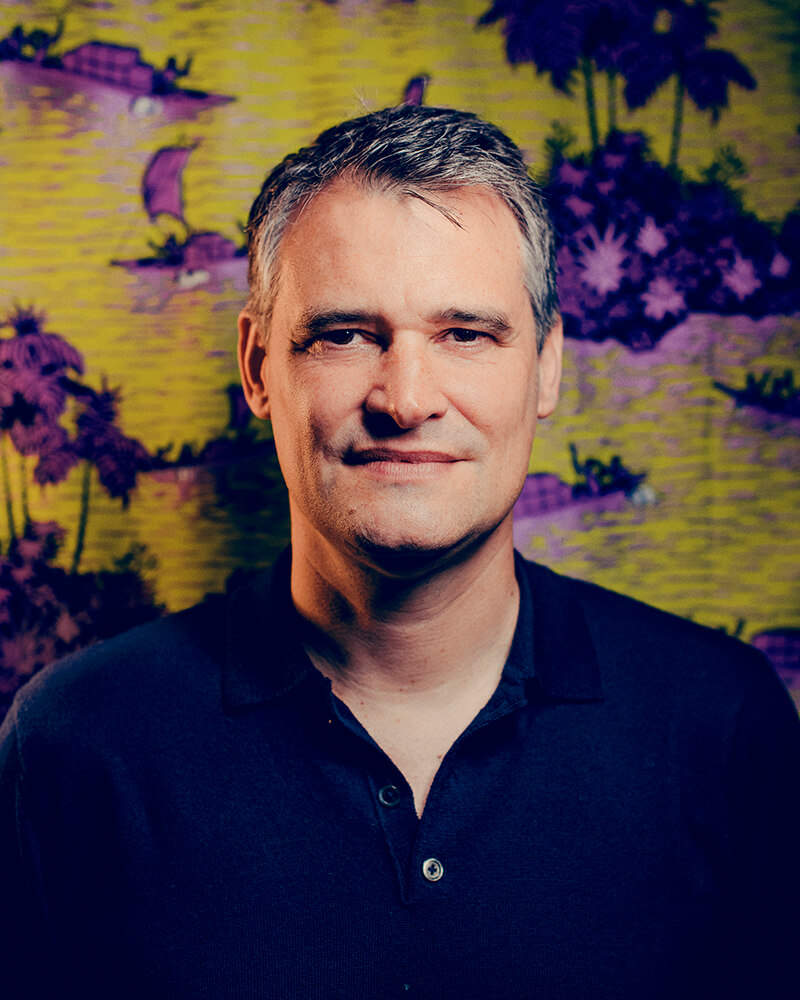In a world shaped by cascading climate shocks, geopolitical fractures, and economic instability, the old playbooks no longer work. To stay ahead, we all need to rethink how capital, risk, and resilience are defined in the age of Permacrisis.
You can hear it like a children’s melody — faint at first, then stuck in your head. In Brussels, the word “resilience” is on every commissioner’s lips. In Paris, Berlin, and Milan, investors are seeking shelter in infrastructure and reindustrialisation. Across Europe, the financial system seems to be grasping for something solid — anything — in a world that no longer stabilizes.
But the truth is starker. We are no longer transitioning through a crisis. We are learning to operate within one. This is not a downturn or a disruption. It is a systemic condition. Welcome on the age of the Permacrisis.
The term first broke into the mainstream in 2022, when the Collins Dictionary chose “permacrisis” as one of its words of the year. From there, it spread underground — from a few think tanks to corporate strategy decks, from a couple of development reports to theological essays. As an example, the Global Hunger Index now frames malnutrition as the product of a “permacrisis” of conflict, climate change, and poverty. In the consulting world, firms are drafting strategy models explicitly designed for a permacrisis era. In the Middle East, executives debate how to prepare for it, while the World Economic Forum’s 2025 Global Risks Report warns of cascading threats whose interactions defy conventional tools. Even in the realm of faith, institutions like the Collège des Bernardins are working with scientists and theologians to rethink human agency in a time of permanent disruption. To that mix, add the destabilizing rise of artificial intelligence — a force that amplifies both productivity potential and institutional fragility, with consequences for labor markets, governance, and trust.
But Permacrisis, a term that follows the earlier “polycrisis” coined by Edgar Morin in Terre-Patrie (1993), goes a step further. While polycrisis describes a convergence of crises that interact, permacrisis defines a condition: a chronic instability where each rupture bleeds into the next without resolution. As the UCD Humanities Institute observes, this shift alters how we think about time, agency, and resilience. Crises were once seen as inflection points — the Greek krínein, a moment of decision. Now, they are structural, recursive, and boundaryless.
Robert D. Kaplan, in his 2024 book Waste Land: A World in Permanent Crisis, pushes this further: we are living not just through overlapping emergencies, but through the erosion of the very institutions and civilizational confidence that once contained them. In his view, geography, demography, and technology are conspiring to dismantle the postwar order faster than it can be reinvented. The result is a form of entropy—where governance weakens, narratives splinter, and the space for strategic coherence collapses. For Europe, this means navigating a future where cohesion, rather than competition, is the rarest commodity. The McKinsey Global Institute, in a 2024 podcast with Mohamed El-Erian and Michael Spence, attributes this state to three overlapping failures: a lack of sustainable and inclusive growth, repeated policy miscalculations, and a breakdown in global coordination. Unlike previous economic eras with predictable boom-bust cycles, today’s shocks are more frequent, nonlinear, and globally entangled.
Climate change stands at the very center of this dynamic. In that same conversation, both El-Erian and Spence cite climate change as the crisis most likely to create economic instability — not just through its environmental effects, but by amplifying supply-side fragilities, disrupting food and energy systems, and raising sovereign risk, especially in the Global South. Extreme weather inflates prices, erodes infrastructure, and strains insurance and debt markets. Yet, the past two decades were largely squandered on financial engineering instead of investment in green growth and resilience. The speakers argue that the climate transition — if handled strategically — could be the foundation for long-term, inclusive prosperity. But this requires coordinated action, credible institutions, and the political will to redirect capital flows from short-term financial gains toward climate infrastructure and systemic adaptation. Inaction, they warn, will turn climate into a recursive economic destabilizer — locking the global economy into a cycle of permanent emergency.
And yet, too much of Europe’s capital remains governed by obsolete assumptions.
Pension funds still calibrate risk models to 20th-century volatility curves. Sovereign investors treat ESG as a compliance constraint, not a structural shift. Many asset managers believe the green transition will be linear — forgetting that the critical minerals are not mined in Strasbourg. That the global south may decouple. That just-in-time was never meant to function during just-in-case geopolitics.
Most portfolios remain wired for mean reversion, assuming that Europe will “normalize” after the war in Ukraine, after the energy crisis, after inflation. But the after never comes. Crises no longer resolve — they sediment.
There are exceptions. Some investors, particularly in northern Europe, are building new playbooks. In Sweden, AP7 — the state pension fund managing over €90 billion — has started integrating climate scenario analysis not only to assess exposure, but to shape long-term asset allocation. It actively engages companies on adaptation planning, and supports shareholder resolutions that link executive pay to resilience outcomes, not just emissions cuts. In Denmark, PensionDanmark has moved beyond traditional ESG by targeting resilience-focused real assets, including water systems and distributed energy. It sees these not as ethical gestures but as structural hedges against climate shocks and geopolitical volatility.
These actors are not just trimming exposure. They are redefining what a future-proof portfolio looks like in an age of systemic disruption.
This is not just about Europe. The Permacrisis is global — and financial systems everywhere are struggling to adapt. China faces a property implosion layered over youth unemployment and demographic inversion. In the U.S., political polarization is blocking essential infrastructure renewal and climate resilience. Across the Global South, sovereign risk is rising just as investment is most urgently needed for adaptation and growth. Everywhere, complexity outpaces capital’s reflexes.
This is not just about strategy — it’s about mindset. The Permacrisis demands that European finance shift from managing volatility to navigating complexity. From risk aversion to system literacy. From reaction to regeneration.
The ECB cannot solve this. Neither can a dozen green subsidies. What’s required is a deeper reckoning with how European capital prices the future. Because in a world of cascading disruptions, resilience is not a sector. It is a thesis.
Some investors like Pale Blue Dot in Sweden, Planet A in Germany or Blue Horizon in Switzerland are starting to act accordingly. This is also what we do at 2050. As an evergreen investment fund, we have built our strategy around scientific input—embedding planetary boundaries, biodiversity data, and systemic risk models directly into its capital allocation frameworks. Rather than follow market moods, we work with climatologists, agronomists, and systems thinkers to shape long-duration investments that can thrive in an unstable world. Our commitment to “science as infrastructure” is not branding—it’s a survival strategy that is targeting to shape a fertile future.
Europe still has the institutional capacity and intellectual tradition to lead in this transition — but not if it clings to the illusion of cyclical normality. The next frontier of investing is not about predicting recovery. It is about surviving — and shaping — permanent transformation.
The Permacrisis is not waiting. Neither should we, as European investors.

